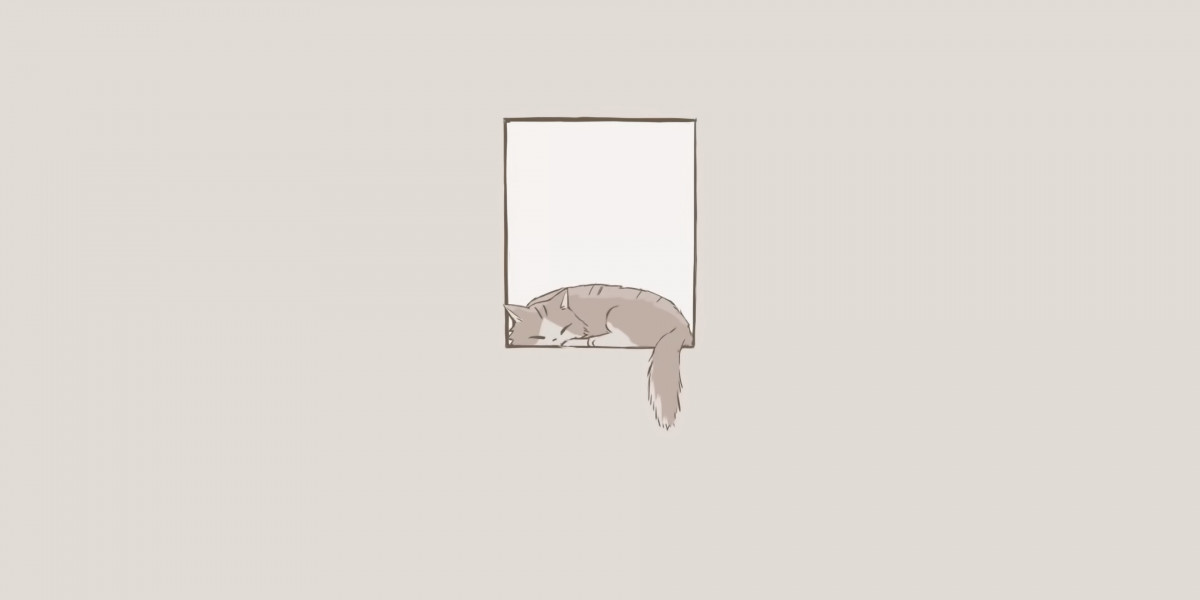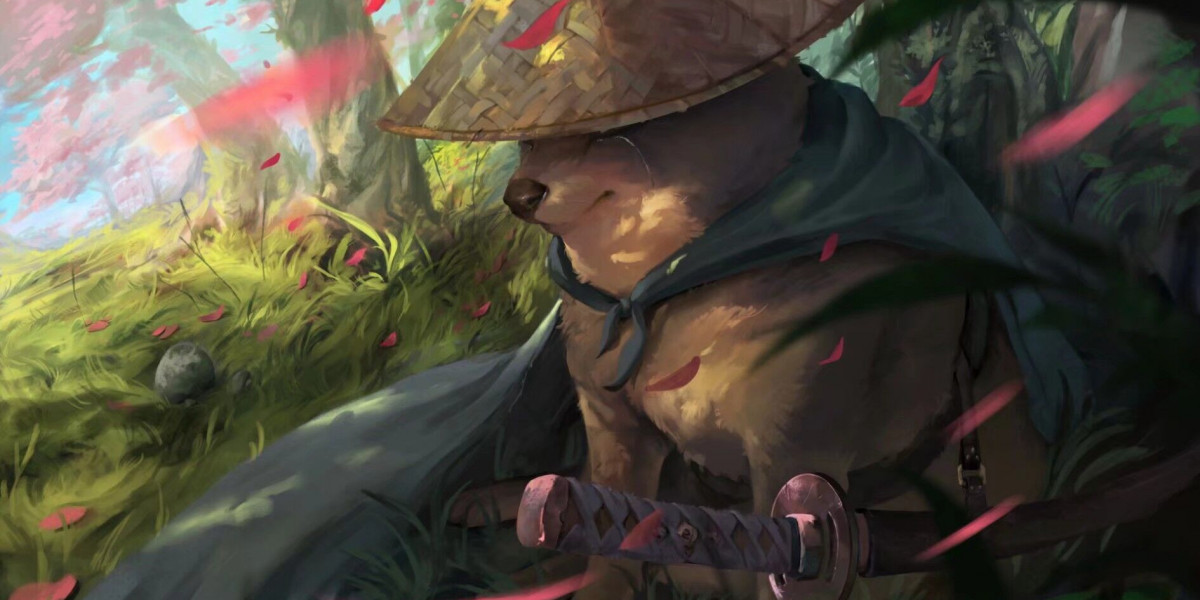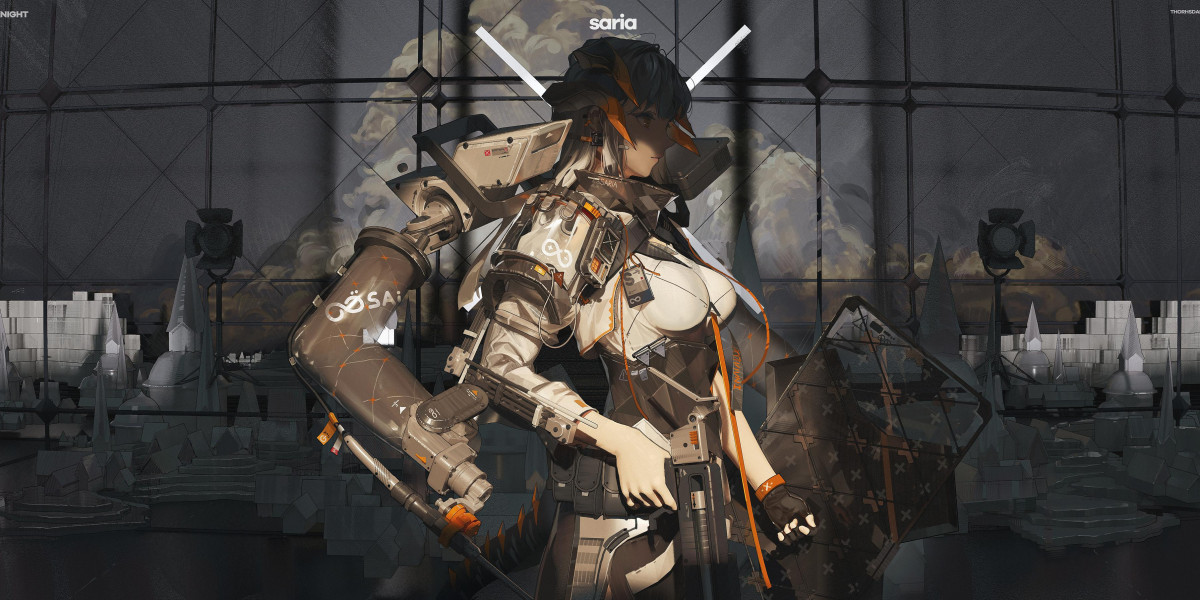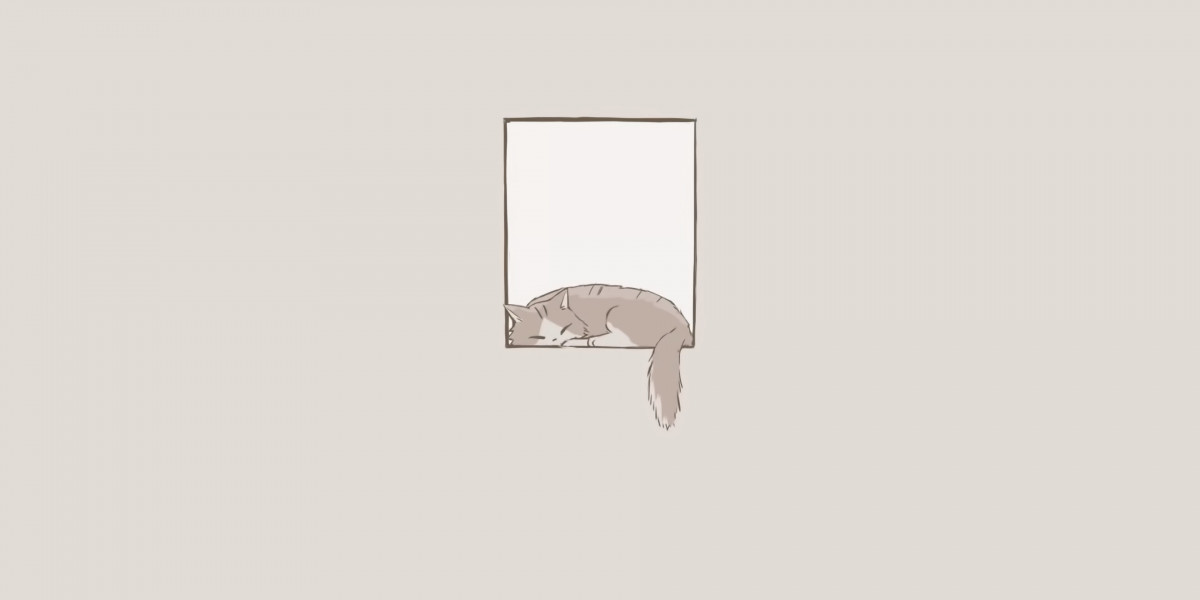Unlock the Mysteries of Abstract Art: A Journey Through History, Styles, and Masterpieces
Abstract art represents a fascinating realm within the art world, characterized by its departure from reality. Rather than depicting objects or scenes directly, abstract art invites viewers into a world of shapes, colors, and forms that evoke emotions and provoke thought. This unique approach captivates both artists and audiences alike, creating a space where interpretation is personal and subjective. The intrigue surrounding abstract art lies in its ability to communicate complex ideas without the confines of traditional representation. This article aims to explore the rich history, diverse styles, innovative techniques, and notable artists that have shaped the landscape of abstract art, encouraging you to delve deeper into this captivating genre.
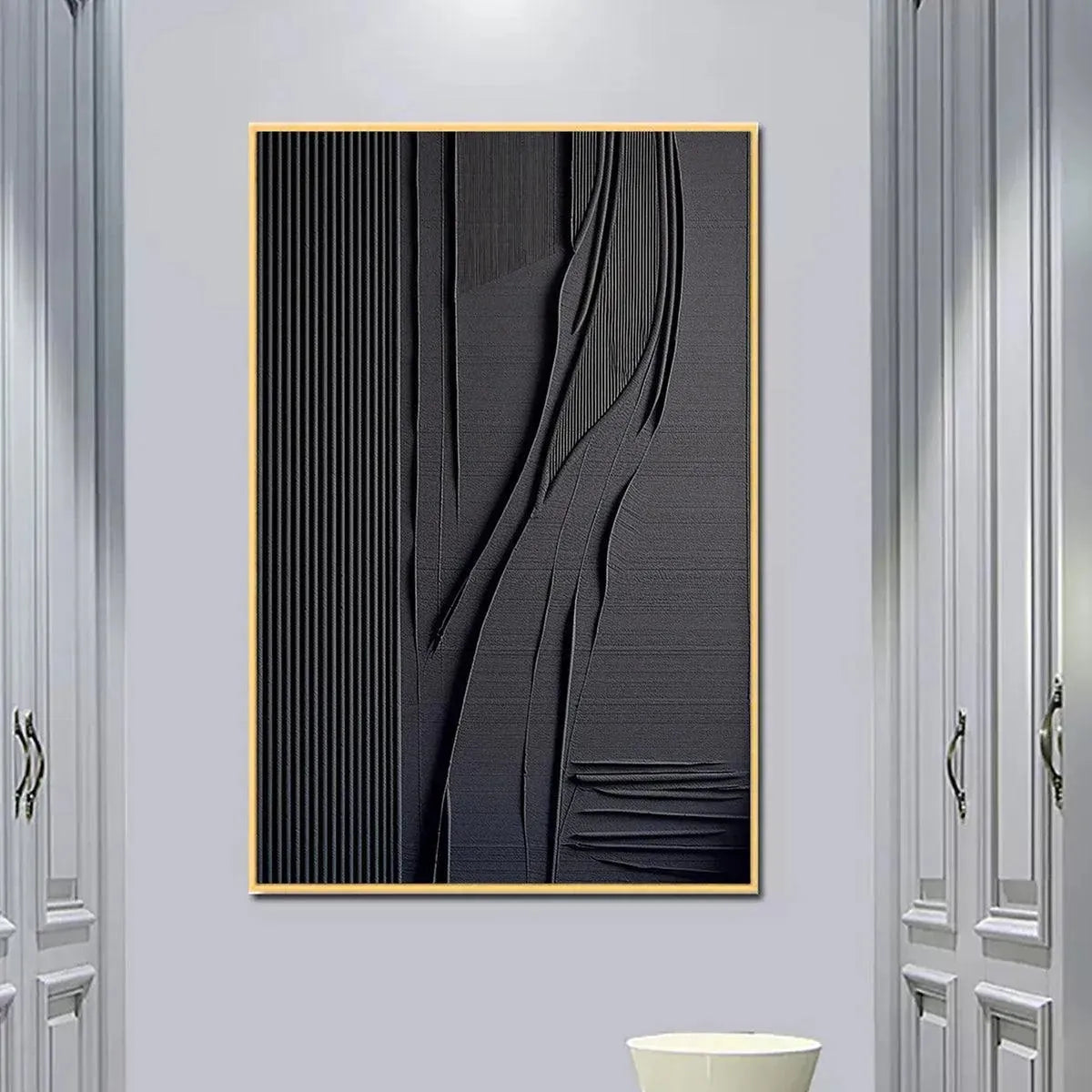
1. The Historical Context of Abstract Art
The origins of abstract art can be traced back to the late 19th and early 20th centuries, a time marked by rapid changes in society, technology, and artistic expression. The roots of abstraction can be found in earlier movements such as Impressionism and Post-Impressionism, where artists began to prioritize emotional expression over realistic representation. The development of abstraction gained momentum with the advent of modern art, particularly through the works of pioneers like Wassily Kandinsky and Kazimir Malevich. In 1910, Kandinsky created one of the first purely abstract paintings, signaling a shift in artistic focus. This period also saw the rise of movements like Cubism, which deconstructed forms and reassembled them in an abstract manner. By the 1920s and 1930s, abstract art began to flourish as artists sought to break free from traditional constraints, paving the way for a diverse range of expressions that would define the 20th century.
2. Different Styles of Abstract Art
Abstract art encompasses a variety of styles, each with its own unique characteristics and approaches. Geometric abstraction is defined by its use of shapes and lines, often arranged in a precise and systematic manner. This style emphasizes order and structure, with notable artists like Piet Mondrian, famous for his grid-based compositions. In contrast, lyrical abstraction focuses on spontaneity and emotional expression, as seen in the works of artists like Joan Mitchell, whose vibrant brushstrokes and colors convey feelings rather than recognizable subjects. Another significant style is color field painting, where artists, such as Mark Rothko, use large expanses of color to create an immersive experience. These styles not only showcase the versatility of abstract art but also highlight the diverse ways artists interpret and express their visions.
2.1 Geometric Abstraction
Geometric abstraction is rooted in the principles of geometry, utilizing shapes like squares, circles, and triangles to create compositions that often evoke a sense of harmony and balance. Artists such as Piet Mondrian are quintessential figures in this style, known for their use of primary colors and black lines to create dynamic yet ordered pieces. This style can be seen as a response to the chaos of modern life, offering a structured approach to representation that resonates with viewers seeking clarity amidst complexity.
2.2 Lyrical Abstraction
Lyrical abstraction is characterized by its emphasis on emotional expression, often utilizing free-flowing forms and vibrant colors. This style prioritizes the artist's feelings over exact representation, allowing for a more personal connection with the viewer. Artists like Joan Mitchell and Helen Frankenthaler exemplify this approach, creating works that capture the essence of their emotions through spontaneous brushwork and color interactions. Their creations invite viewers to experience the emotion behind the art, fostering a deeper understanding of the artistic process.
2.3 Color Field Painting
Color field painting is a style that emerged in the 1950s and 1960s, focusing on the use of color as the primary means of expression. Artists like Mark Rothko and Barnett Newman utilized large fields of color to evoke emotional responses, emphasizing the viewer's experience of the painting itself. This style strips away intricate forms and details, allowing color to take center stage, creating an immersive experience that resonates on a visceral level. The simplicity and power of color field painting highlight the emotional depth that can be achieved through abstraction.
3. Techniques Used in Abstract Art
The techniques employed by abstract artists are as varied as the styles themselves, often blending traditional and contemporary methods. Layering is a common technique, where artists apply multiple layers of paint to create depth and texture. This can be seen in the works of artists like Gerhard Richter, who often employs squeegees to manipulate paint across the canvas, resulting in complex surfaces that invite exploration. Brushwork also plays a crucial role in conveying emotion; artists may use bold strokes for dynamic pieces or soft, delicate touches for more serene works. Additionally, many artists incorporate mixed media, utilizing materials such as collage, fabric, or even found objects to enhance their compositions. These techniques contribute significantly to the overall impact of the artwork, allowing for a rich interplay of color, form, and emotion that engages viewers on multiple levels.
4. Notable Artists in Abstract Art
Throughout the history of abstract art, several key figures have made significant contributions that have shaped the genre. Wassily Kandinsky is often regarded as a pioneer of abstract art, with his theoretical writings and innovative compositions that explore the emotional power of color and form. Piet Mondrian, known for his grid-based works, revolutionized the art world with his emphasis on simplicity and harmony. Jackson Pollock further pushed the boundaries of abstraction with his unique drip painting technique, transforming the canvas into a dynamic space of movement and energy. These artists, among others, have not only defined abstract art but have also influenced generations of creators, ensuring that the legacy of abstraction continues to evolve and inspire.
The Ongoing Evolution of Abstract Art
In summary, abstract art represents a profound exploration of emotion, form, and color that transcends traditional artistic boundaries. From its historical roots to the diverse styles and innovative techniques employed by notable artists, abstract art continues to captivate and challenge our perceptions. As you journey through the world of abstraction, consider how these artworks resonate with your own experiences and emotions. The evolution of abstract art is ongoing, inviting us to engage with the unknown and embrace the beauty of interpretation. Whether you're an art enthusiast or a curious newcomer, exploring abstract art can lead to a deeper appreciation of its complexities and the myriad feelings it evokes.
